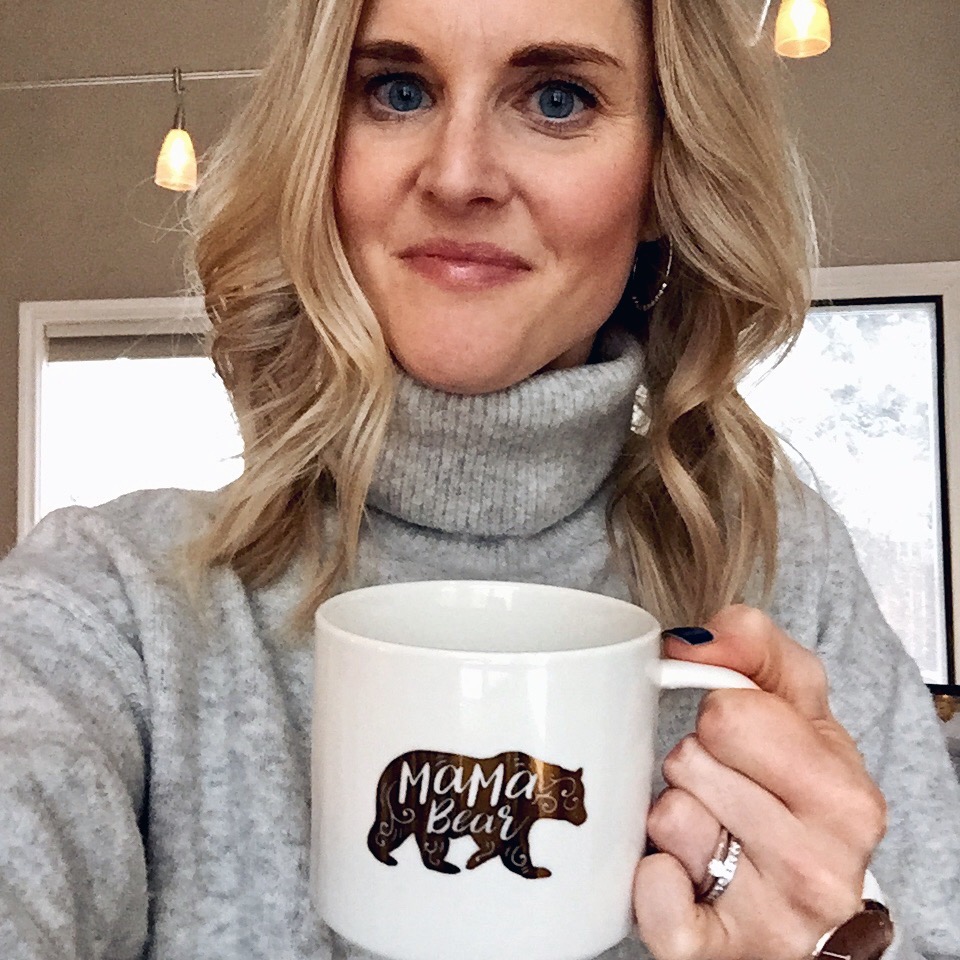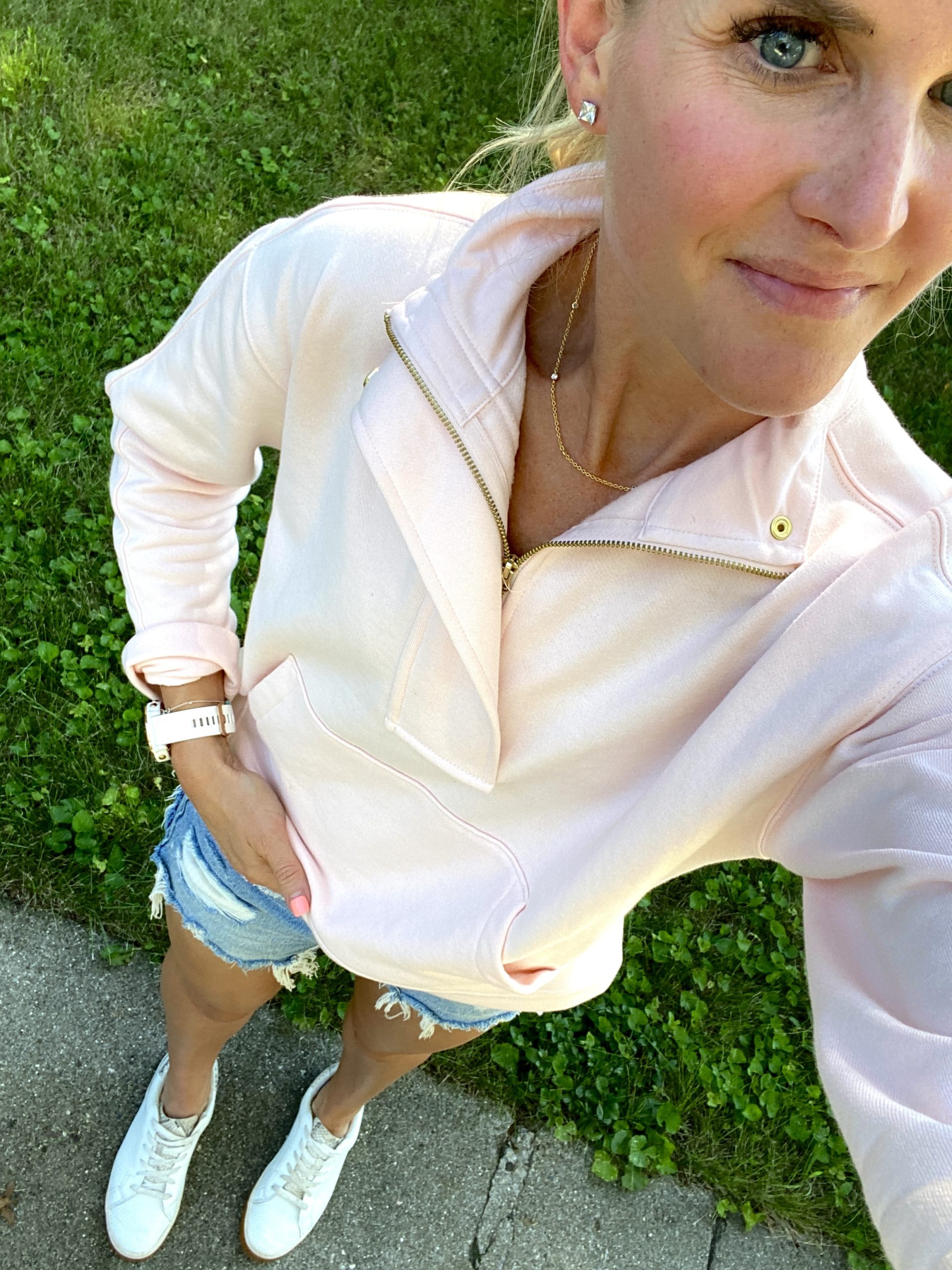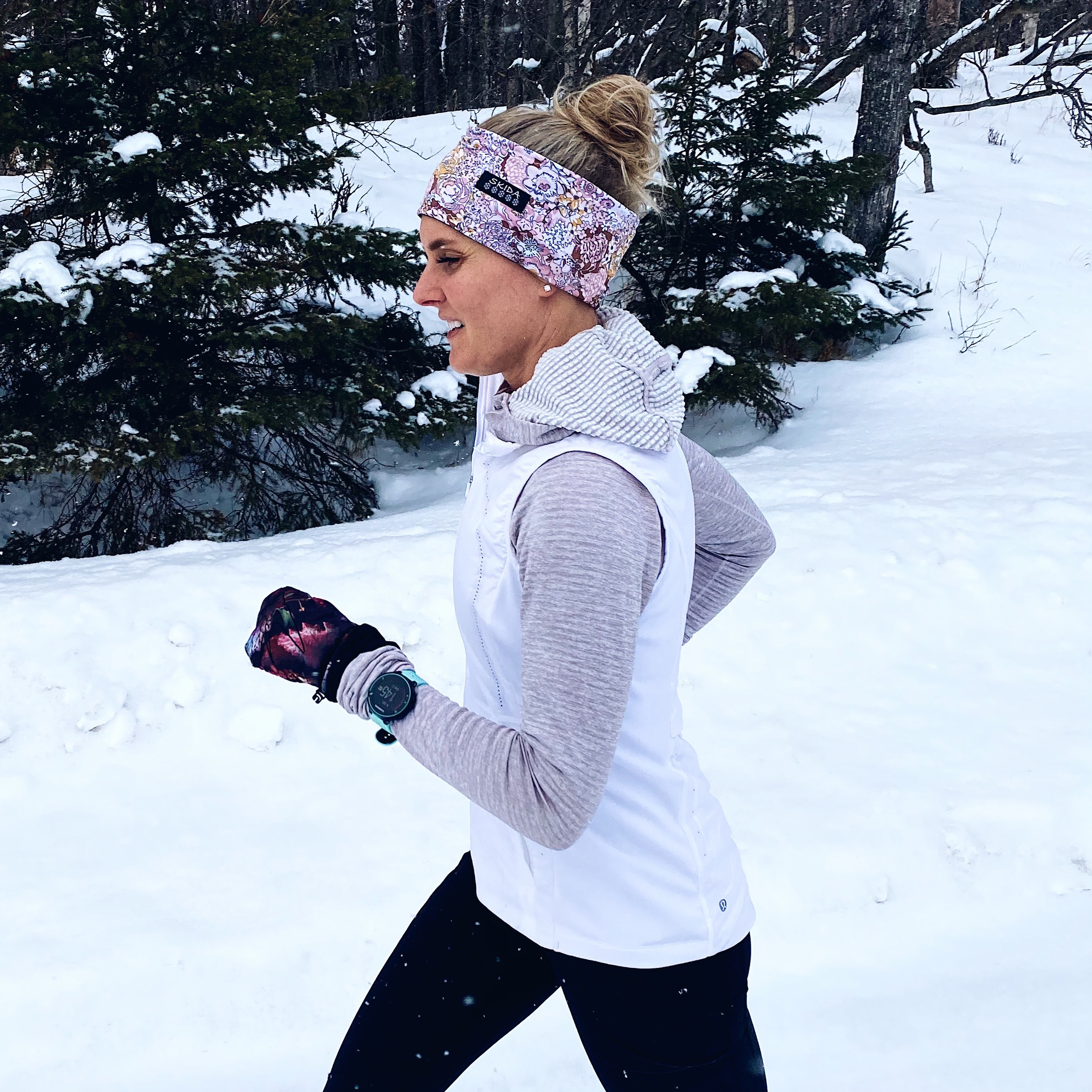Did you know your easy/recovery run pace should be about 2 minutes slower than your 10K race pace? And that these easy runs should be most of your runs for the week?
For example, my 10K race pace is about 6:15, and more often than not, my easy runs are right around 8:15. Depending upon the day, they can range between 8:00-8:30 pace, which feels very “conversational”–as in I could carry on a conversation–saying 3-4 words at a time–without difficulty.
There are many things that affect this easy pace range: the weather (temperature, humidity, wind), the previous day’s workout (if it was a hard workout, your recovery pace might be slower than usual), lack of sleep, external stressors, poor diet, etc.
My easy pace might dip below an 8 minute pace in the summer when I’m more fit and the weather is ideal (temps in the 50s – 60s and low humidity). However, in the winter, my pace tends to be 15-45 seconds per mile slower when my muscles don’t work as well, and I’m running on slippery ice and packed snow.

It is important to keep these easy/recovery runs truly easy because your body needs time to recover between hard workouts. If you keep breaking down muscle by pushing the pace day after day, your body won’t have the chance to rest and rebuild and ultimately get stronger. Not only does this make it difficult to build fitness, it also puts you at risk for injury.
As we age, our bodies need even more time to recover as well. In my 20s, I was able to do two hard workouts a week, plus a long run. Now in my 30s, the most I will do is one hard workout plus a long run over the course of a week. For most people, I don’t think there is much value in going hard more often than that. If you try to do three hard workouts each week, I think it will be harder to reach your full potential and challenge yourself at 100% each time. (There will be a new 100%, but it won’t be what you are truly capable of.)

Reminding my athletes to slow down is one of the most common things I work on them with. It is not uncommon for people to run 60-90 seconds faster than they should. I’ll even catch people running their half-marathon race pace on “easy” runs.
So here are some ways to keep yourself accountable to that truly easy pace:
- Find a friend or running buddy whose pace is slower than yours and make sure you can comfortably carry on a conversation with them while running. (This can be tricky if both of you are competitive, you might end up falling back into a pace that is too fast.)
- Wear a heart rate monitor and keep your heart rate in zones 2 or 3, which is no more than 80% of your max heart rate.
- Run on the treadmill and set it at the appropriate speed for your easy pace. (If you aren’t a regular treadmill user, your easy pace might even feel too hard, so don’t be afraid to bump the speed down even slower so you are running at a more comfortable pace.)
- Wear a GPS watch set it to beep when you are outside your heart rate zone or a certain pace you set it at.
I’ve heard countless stories of people getting faster just by slowing down their recovery runs, so it does work–trust me! It will take some time and diligence–and you might have to be a slave to your watch for a while, but I promise it will help you in the long run!







Heh…I’d say mine is more like 2.5-3 minutes slower. Don’t know if that’s good or bad…
What is your recent 10K time?